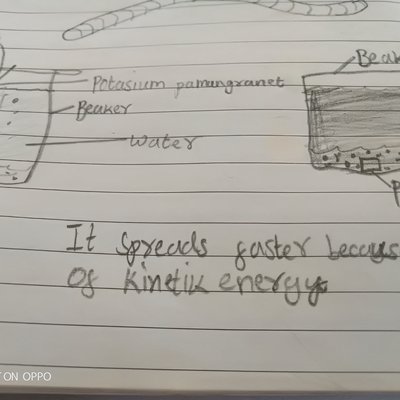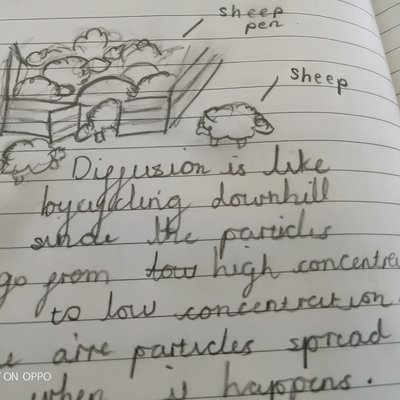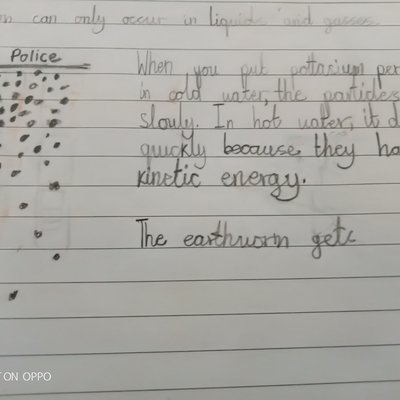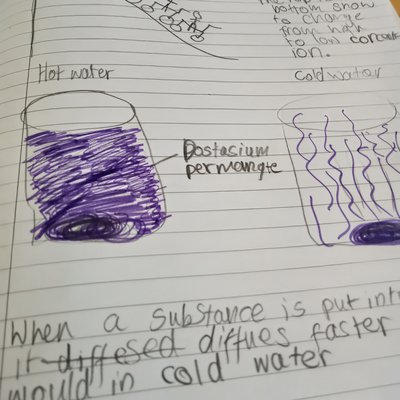Discovering Diffusion
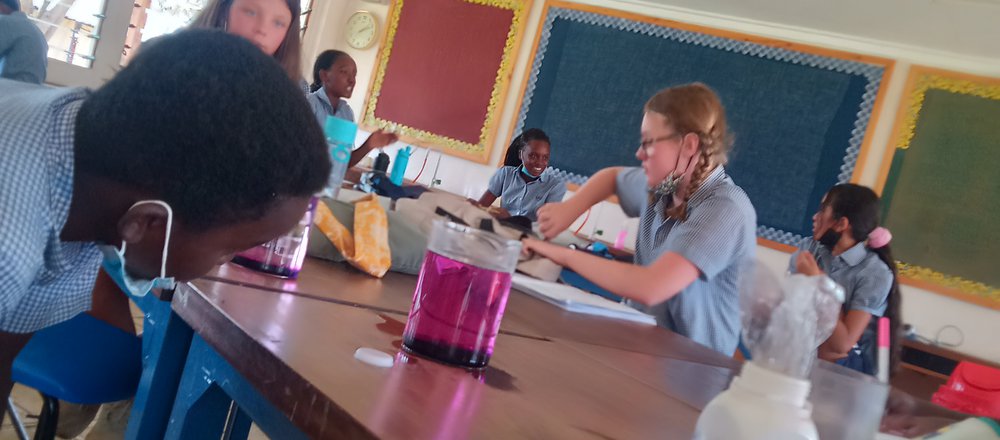
24th March 2022
This week, children in Year 7 have been learning about diffusion in gases and liquids; during diffusion, particles move from areas of high concentration into areas of low concentration (just like when you pour a glass of squash). Year 7 have learnt that processes like this, which don’t require any energy, are called passive processes.
The children came up with some great analogies to help them understand the idea of passive processes: being pushed out of a busy London Underground station by the crowds around you, or when sheep or chickens surge out of their pens when the gate is undone.
To investigate how diffusion works, children dropped crystals of potassium permanganate into beakers of water and observed how the purple colour of the crystals spread through the solution. To deepen their knowledge of the process, Year 7 then investigated the impact of temperature on the process, noticing that the increase in kinetic energy in the warmer solution made the particles move faster, therefore resulting in a faster rate of diffusion.
Diffusion isn’t just limited to the science lab, though… in fact, it is constantly occurring, even inside our own bodies! In our lungs, the oxygen from the air we breathe in moves from an area of high concentration to the lower concentration in our blood stream; the opposite occurs with carbon dioxide, which moves from our blood, where there is a higher concentration, into our lungs, ready to be exhaled out. In insects and earthworms, this gas exchange takes place across the surface of their body through tiny holes called spiracles
Here’s a sneak peek at what Year 7 have been up to…
